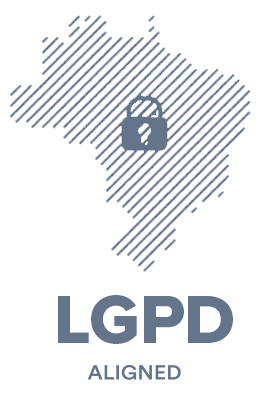How a beauty brand uses surveys to collect impactful first-party data before purchases
This 8-figure Shopify Plus brand sells kits that allow women to perform beauty treatments at home.
We’ve done a previous piece on questions they ask post-fulfillment, and today we’re exploring how they use survey before customers purchase to
- Ask questions using popups to collect emails
- Test the credibility of their marketing claims
- Highlight key value propositions
- Build a deeper understanding of the customer journey
- Gain a more complete profile of the customer
- Test willingness to pay for different products and offers
Within each section, we share the exact questions that they ask in hopes they provide ideas for your own surveys!.

Asking followup questions and collecting emails at the same time
Question Themes: Offer a discount in return for answering 3 quick questions
Many brands collect emails in return for a discount code, but this brand goes one step further to ask 2-3 questions to collect more valuable first-party data.
Here’s how they phrase it:
"Get a 10% coupon if you answer this question"
We cover the type of questions they ask later in this playbook, but an important follow up question is asking:
"What email should we send the coupon to?"
which allows them to capture an email, which they can use to send offers to or target in paid ad campaigns.

Testing the credibility of marketing claims
Question themes: Identify low credibility claims that could be killing conversion
Understanding what copy and messaging works is one of the hardest tasks for brands. When customers don’t trust or believe your claims, they never tell you - they just bounce.
This is a largely hidden issue that can kill conversion, so one type of question that this brand focuses on is credibility testing. They ask:
“Does our claim to easily achieve salon quality from home sound too good to be true?”
If someone says “yes”, they have built a follow up question with Zigpoll that asks:
“Why does it sound too good to be true, what are you afraid of?”
Followed by:
“Is there anything we could do to take away this fear?”
Credibility testing is a trend we’re starting to see from more brands we talk to.
In the case of another brand, they also discovered that customers did not trust their claims (they sell iceless coolers), and invested in better diagrams, explainers, and warranties to build that trust.
Highlighting key value propositions
Question themes: Remind customers of important facts that may be easily missed
Another type of survey that this brand runs on different pages focuses on highlighting important value propositions early.
What they likely realized is that some visitors may not ever reach the right page to read these claims, so it makes sense to introduce them as early as possible.
Here are some example pre purchase questions that they ask in return for the coupon:
“Is it important to you that we use softer & better ingredients?”
“Is it clear on our website that our kits give 2x longer results than other kits?”
“Does it make you feel more confident in buying our kits knowing we were ranked #1 by The Independent?

Building a deeper understanding of the customer journey
Question themes: Dig deeper into the length, timing and frequency of customer journeys
Many brands use surveys in post purchase to get a better understanding of attribution with a question like “how did you hear about us?”
This brand also asks customer questions before their purchase that help them gain a deeper understanding of the number of touchpoints that exist in the customer journey:
“How long ago did you first see our product for the 1st time?”
“How many times did you visit our website?”
One frequent discovery from brands is that their site visitors have often known about their brand or visited their website many more times than they expect. With that information, they can confidently make decisions like upping the ad frequency of their ad campaigns.
Gaining a more complete profile of site visitors
Question themes: Research customer habits, products they use, and market awareness
Many brands want to gain a more complete understanding of their customers to build out stronger marketing campaigns, improve their products, and identify new opportunities.
Here are some sample questions we noticed they were asking on certain pages
Checking clarity: “Is there still anything unclear that’s keeping you from investing in this kit?”
What products do you own: “Do you have a makeup brush at home? Do you have a nail file at home?”
General awareness of products: “Did you already know what dipping powder was?”
Testing willingness to pay and reception to discounts
Question themes: Determine the price range for new products, discounts, and bundles
Optimizing pricing is another area of ecommerce operations that many brands operate based on instinct.
This brand supports pricing decisions with data by asking questions that give them a better understanding of how much their customers would be willing to pay for different product offerings:
“Do you think the kit is too expensive?”
“Would you be more inclined to try our product if we offer a lower price trial kit that has just 1 color?”
“How much would you be willing to spend on it knowing that you could get 20 full uses with it?”
“Is the ‘up to 35% OFF’ sale appealing to you?”


